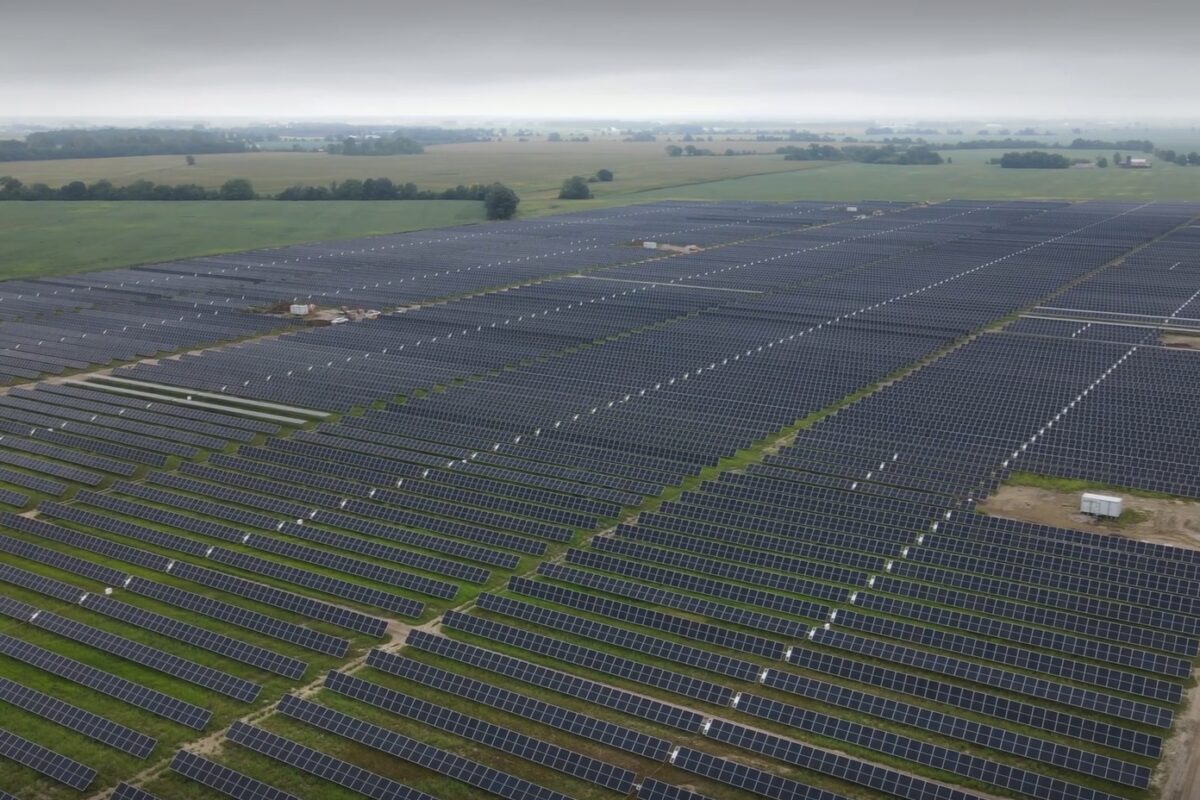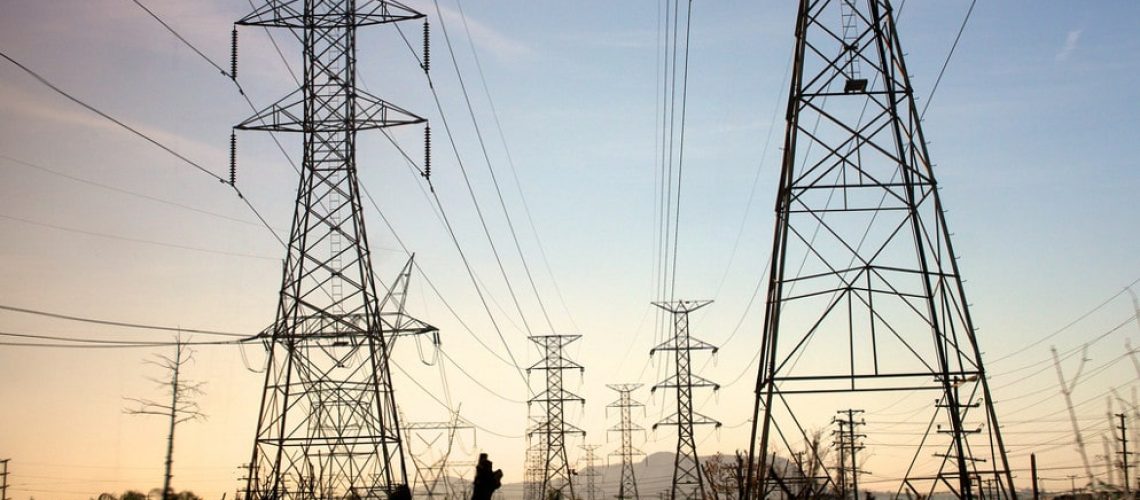The nation’s largest grid operator told renewables trade groups that it will launch a transmission planning process ordered by the Federal Energy Regulatory Commission.
PJM Interconnection, which provides transmission from Chicago to New Jersey, said it will launch a stakeholder engagement process in August to “help inform inputs” into scenario analyses for long-term regional transmission planning.
PJM and other transmission providers are required by the Federal Energy Regulatory Commission’s (FERC’s) Order No. 1920 “to plan for the transmission we know we will need in the future,” FERC has explained. Scenario analyses are part of the planning process.
PJM announced the stakeholder engagement process in its response to a letter from three renewables-focused trade groups and other entities asking PJM to “shift its current long-term regional transmission planning proposal to focus on Order No. 1920 directives.”
One of the trade groups, American Council on Renewable Energy, said last year that 167 GW of large-scale solar, wind and storage projects awaited interconnection studies by PJM. The group said that a lack of transmission capacity due to “insufficient” transmission planning is a “root cause of the unprecedented backlog” of interconnection requests across grid operators nationwide. Trade groups Americans for a Clean Energy Grid and Advanced Energy United also signed the letter.
In the works
PJM issued a regional transmission expansion plan last year that “identified” 93 transmission projects at a cost of $180 million to support generation seeking interconnection, and 48 new baseline projects at an estimated cost of $6.6 billion to maintain grid reliability, said a FERC staff report in March, while PJM “evaluated” 227 supplemental projects put forward by transmission owners that would cost $2.4 billion.
A major “national interest” transmission corridor in the PJM region has been proposed by the U.S. Department of Energy (DOE) that would help PJM “maintain and improve reliability, lower consumer costs, and meet future generation and demand growth,” DOE said.
Nationwide, a DOE transmission needs study found that 54,500 GW-miles of within-region transmission must be added for a clean grid under “the most likely power sector future.”
“Ultimate directives”
The trade groups expressed a concern in their letter that “PJM’s recent rehearing request to FERC suggests that PJM may seek to avoid implementing some important components of Order No. 1920.”
Responding to that concern, PJM said its rehearing request sought “flexibility” to implement the FERC order’s requirements “in a less prescriptive way such that PJM can tailor its approach to reflect its unique circumstances and regional needs.” PJM said that FERC will rule on “the numerous rehearing requests filed,” and said it “will comply in full with [the] Commission’s ultimate directives.”
States’ role
FERC said that its order “expands states’ pivotal role throughout the process of planning, selecting, and determining how to pay for transmission facilities.”
The governors of four states served by PJM—Illinois, Pennsylvania, Maryland and New Jersey—said in a letter to PJM last month that transmission planning is important in “developing large-scale low-and-zero emission energy resources.”
The governors said they “applaud” the grid operator’s steps to prepare for scenario discussions “that include each of our states,” and look forward to extensive engagement with PJM management and stakeholders “in shaping regional transmission planning and cost allocation approaches.”
All 13 states served by PJM had called for the grid operator to make faster progress on interconnection of renewable generation projects in 2022, in comments to FERC from the Organization of PJM States, Inc. (OPSI).
State do not have representation in PJM’s governance structure, but PJM says in a website document that it “works closely with state regulatory commissions to identify and respond to local matters,” explaining that OPSI, made up of the state commissions in PJM’s region, acts as a “liaison group” to PJM and its members.
Sixty-nine state legislators from 10 states served by PJM called this week for the grid operator to “work without delay” to implement FERC Order No. 1920, saying that “effective implementation” of the order is “critical to our responsibility to ensure that our constituents have access to reliable, affordable and clean electricity,” in a letter organized by the National Caucus of Environmental Legislators.
Popular content




